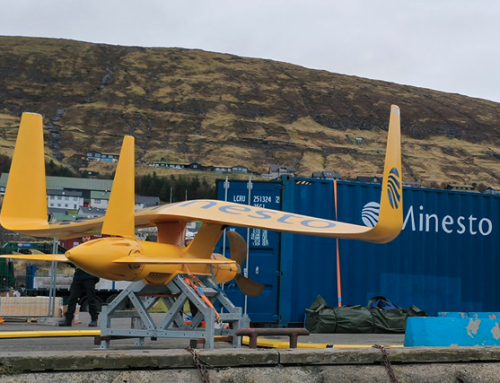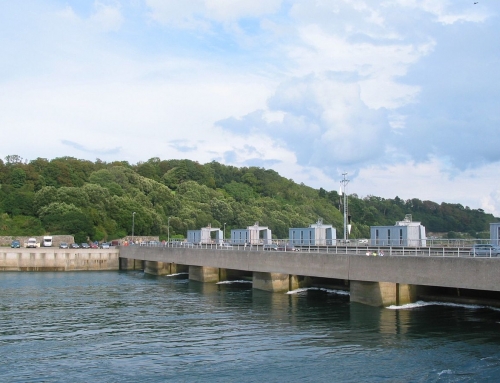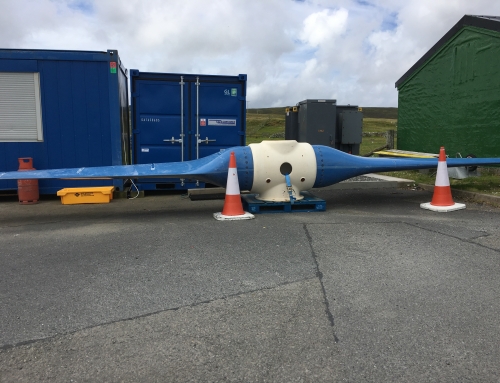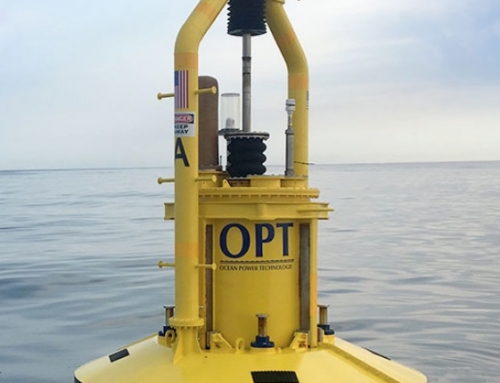Last week saw the publication of the 178 page Hendry report on the role of tidal lagoons. (For those interested, the full text is available at https://hendryreview.wordpress.com ) There was a generally favourable media reaction to Hendry’s recommendations about the initial Swansea project and his proposals for handling this and other larger projects, which are at a much earlier stage in the planning process.
The first part of the report argues that the UK should go ahead now with the Swansea Tidal Lagoon power project, at a projected cost of £1.3 billion, the second part of the report sets this recommendation in the broader context of the prospects for tidal lagoons more generally and suggests ways in which follow-up action might be organised. It also argues that the larger, second-phase lagoon projects should only be initiated once lessons had been derived from the initial “pathfinder” project, but stresses the importance of an immediate government commitment to the principle of tidal lagoons to maximise future benefits in the supply chain and capture cost reductions for the future.
It may be worth trying to set the report in some sort of overall context. According to some experts, in the next ten to fifteen years the UK will need to replace about half of its installed electricity generating capacity, or, to be more precise, replace plants generating some 38,000 MW. The report suggests that the Swansea lagoon project would have an installed capacity of 320 MW, so only one per cent of the replacement capacity required, but it is estimated that all the second-phase lagoon proposals taken together might in time contribute as much as ten per cent of the electricity needed by the UK.
So there is a choice to be made about non-hydrocarbon electricity generation. Are we happy to rely on nuclear, solar and wind, or do we want to add the particular resource of tidal lagoons? The UK has a particular advantage here with the best tidal range in Europe, second only to Canada in the world. Tidal power is predictable, in the way that tides are predictable and that wind and sun are not. But it is also intermittent in that power cannot be generated all the time. (Some say that a range of tidal lagoons around the west coast of the UK with different tidal profiles would mitigate this intermittence)
The next step is for the Government to consider the report and come to some sort of judgement on its recommendations. Will Swansea be built? Will the Government come up with a clear long-term strategy in favour of tidal lagoons? No-one knows for certain: the calculations depend on a bewildering number of assumptions, not all of them economic. For example, Hendry sees advantages in terms of security of supply and decarbonisation, as well as the potential for a whole new industry for the UK.
As to the complex calculation of the actual cost of electricity generation, Hendry comes to the following key judgement: “Most importantly, it is clear that tidal lagoons at scale could deliver low carbon power in a way that is very competitive with other low carbon sources.”
Is he right? As the Times editorial puts it “..there is only one way to find out.”




